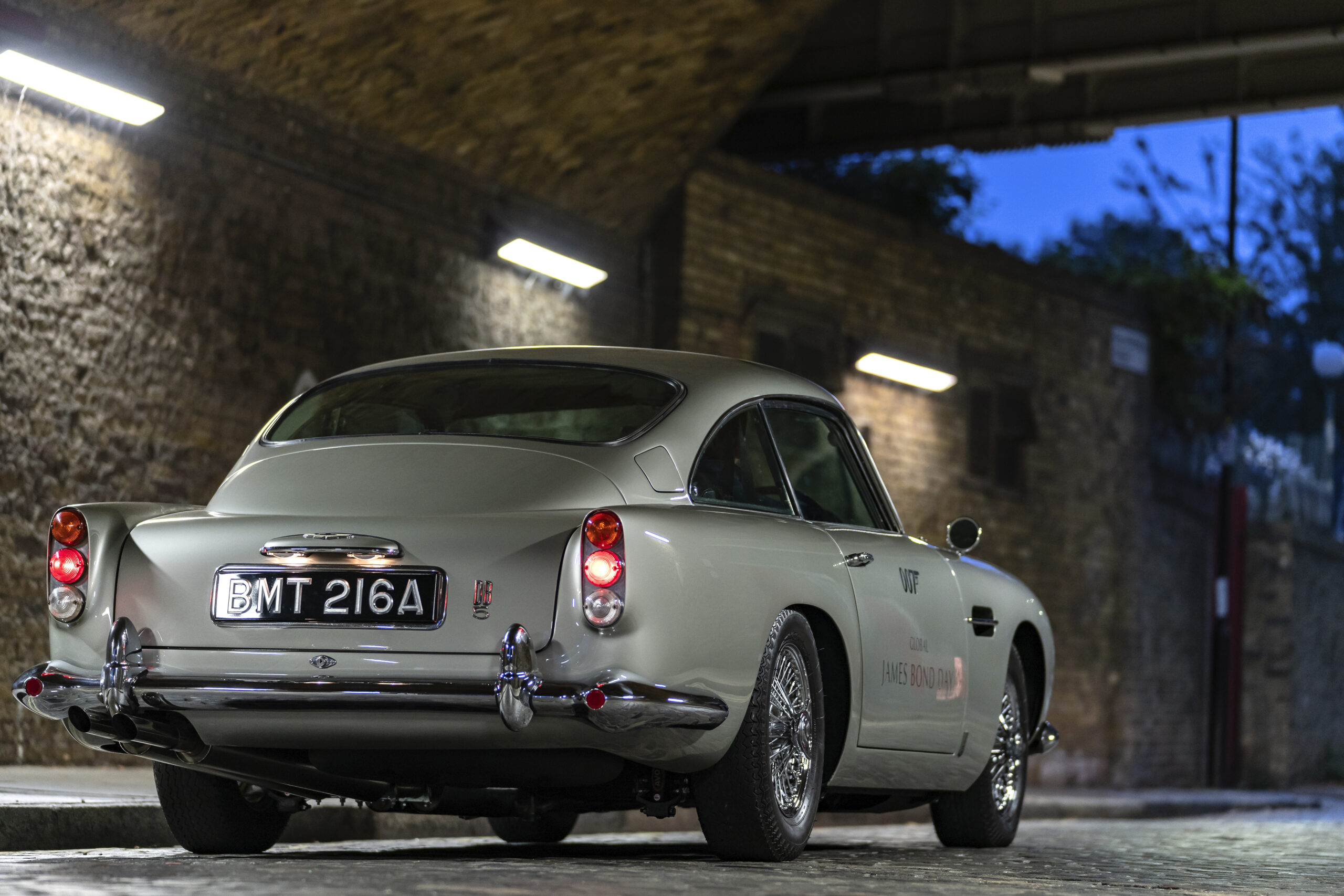Aston Martin DB5.Photo: © Copyright Aston Martin. Used by permission.
Never say ‘no’ to adventures. Always say ‘yes’, otherwise you’ll lead a very dull life.” — Ian Fleming
Ian Fleming, the creator of James Bond, was born and lived in London for most of his life. He worked as a journalist, stockbroker and naval intelligence officer in various locations around the city. Some of these places inspired him to write his famous spy novels, while others became settings for Bond’s adventures.
Ian Fleming was born on 28 May 1908 in London to a wealthy family. His father, Valentine Fleming, was a Member of Parliament and a decorated soldier who died in World War I. His mother, Evelyn St Croix Rose, was a socialite and a descendant of Scottish banker. He received his education at Eton College, where he was good at sports and edited a school magazine. He also studied briefly at Sandhurst, the prestigious military academy, and at the universities of Munich and Geneva. He worked as a journalist for Reuters and later as a stockbroker for Rowe & Pitman.
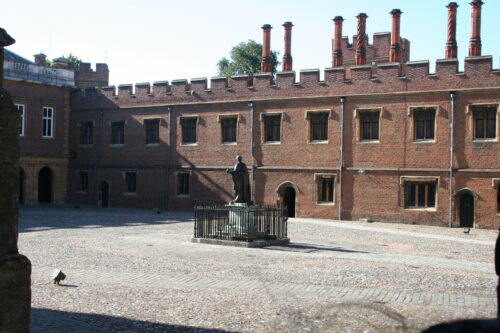
During World War II, he served as a naval intelligence. He worked as the personal assistant of Rear Admiral John Godfrey, the Director of Naval Intelligence, who became the model for M, Bond’s boss. Fleming had the codename “17F”. He was based in Room 39 at the Admiralty building in London, where he coordinated intelligence activities with other agencies. He was involved in several covert operations and missions, such as Operation Goldeneye and Operation Mincemeat. He also met several people who influenced his creation of Bond or other characters, such as William Stephenson (an inspiration for Q), Patrick Dalzel-Job (a model for Bond) and Christine Granville (the inspiration for Vesper Lynd).
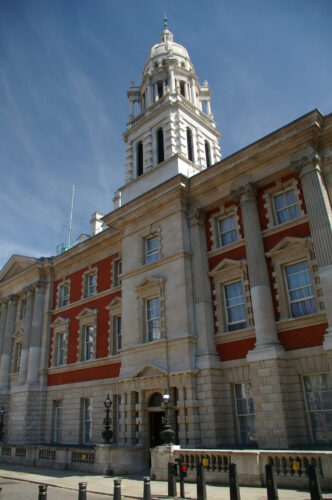
Fleming started writing Casino Royale in early 1952 at his Jamaican estate he called Goldeneye. He wanted to write a “spy story to end all spy stories” that would be realistic and based on his own experiences. He chose the name James Bond because it was the name of an American ornithologist whose book Birds of the West Indies he had on his shelf; he thought it was “brief, unromantic, Anglo-Saxon and yet very masculine”. He also gave Bond some of his own traits and tastes, such as his love of golf, gambling, cars and martinis.
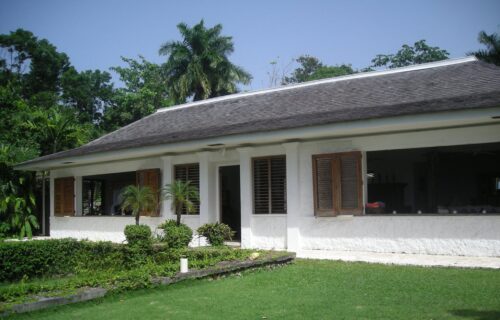
Fleming wrote one Bond novel every year until his death in 1964. He also wrote two non-fiction books, The Diamond Smugglers (1957) and Thrilling Cities (1963), based on his travels and investigations. He also wrote a children’s novel, Chitty Chitty Bang Bang (1964). He died of a heart attack on 12 August 1964 at the age of 56.
London Inspirations
One of the places where Fleming often drank martinis, and where he reportedly came up with the iconic phrase ‘shaken, not stirred’ for Bond’s preferred drink, was Dukes London, a luxury hotel and bar in Mayfair. The bar still serves Vesper Martinis, named after the heroine of Casino Royale. Fleming also stayed at the hotel several times and used it as a base for his writing. The hotel has a portrait of Fleming in the lobby and a plaque outside commemorating his association with the place.
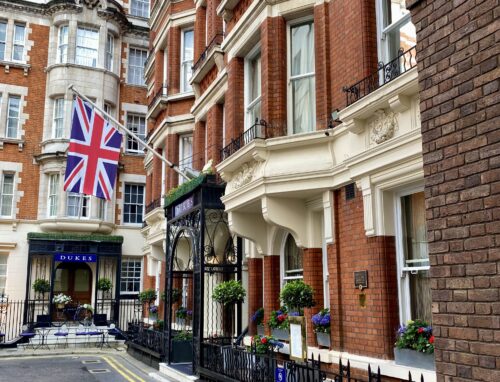
Fleming’s duties as a naval intelligence officer during World War II often took him to the Old War Office, a historic building in Whitehall. The building appeared in five Bond films as the headquarters of MI6, Bond’s employer. The building is currently being converted into a luxury hotel and residences, which will feature a museum dedicated to Fleming and Bond.
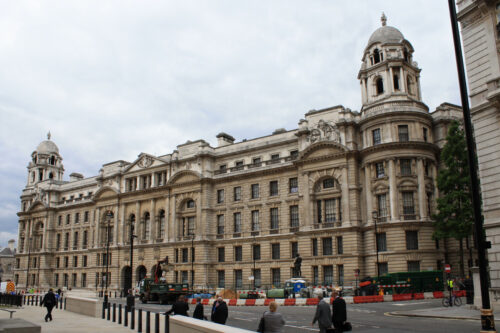
Fleming was also a member of St James’s Club, an exclusive gentlemen’s club in St James’s, where he hosted parties for his friends and colleagues. He also used the club as a model for Blades, the club where Bond plays cards with the villain Sir Hugo Drax in Moonraker. The club was founded in 1857 by Earl Granville and Marchese d’Azeglio, two leading diplomats who wanted to create a place for traveling diplomats who needed a base in London. They set up the club after a dispute at another private members’ club they both belonged to, The Travellers Club. The club attracted many aristocrats, politicians, diplomats and spies over the years, as well as notable authors such as Henry James and Evelyn Waugh. Fleming was introduced to the club by his friend Ivar Bryce, who also inspired the character of Felix Leiter. The club closed in 1978 but reopened in 1980 as St James’s Hotel and Club.
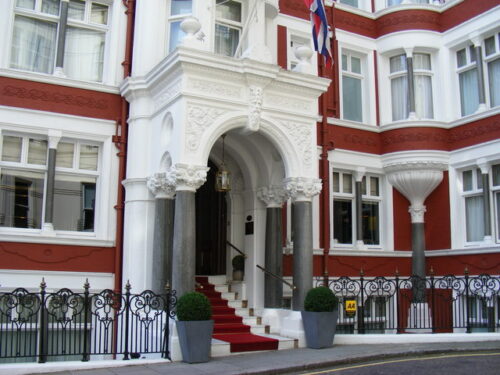
Fleming worked as a foreign news manager for Reuters and later as a columnist for The Sunday Times on Fleet Street, where he often met with other journalists and spies at El Vino, a wine bar and shop. He also used the bar as a meeting place for Bond and his contact Darko Kerim in From Russia with Love. The bar was established in 1879 and is known for its selection of wines and ports.
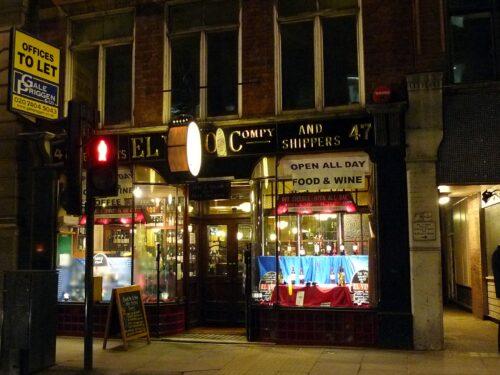
Another prestigious gentlemen’s club in St James’s where Fleming was also a member and played bridge with his friends was Boodles. He drew additional inspiration for the character of M, Bond’s boss, from his friend Sir Reginald “Rex” Leeper, who was a member of Boodles and a former diplomat. The club was founded in 1762 and is one of the oldest clubs in London. It has a strict dress code and a reputation for being conservative and traditional.
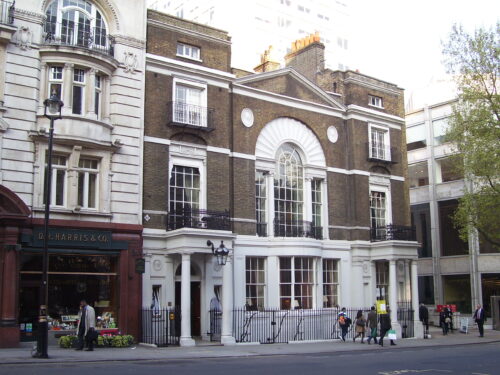
Other Inspirations
Besides London, Fleming also drew inspiration from other places he visited or lived in. Fleming loved Jamaica and set three of his novels (Live and Let Die, Doctor No and The Man with the Golden Gun) and two short stories (“For Your Eyes Only” and “Octopussy”) partly or entirely in Jamaica. He loved the island’s natural beauty, culture and people. He also befriended several celebrities who lived or visited there, such as Noel Coward, Errol Flynn and Ian McKellen.
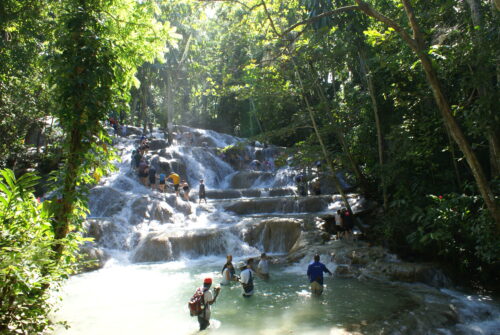
Fleming had a love affair with Paris, where he studied at the Sorbonne for a year in 1926. He also worked as a stockbroker and journalist in the city in the 1930s. He featured Paris in several of his novels, such as Moonraker, From Russia with Love and On Her Majesty’s Secret Service. He described Paris as “the most civilised city in Europe” and enjoyed its art, cuisine and nightlife.
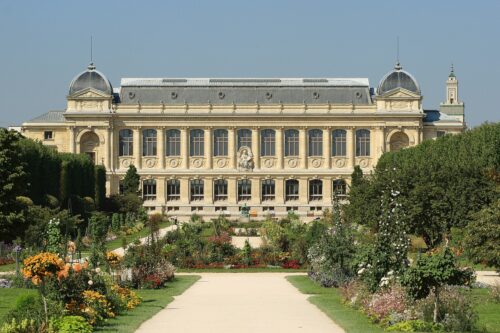
Fleming visited Istanbul in 1955 as part of his research for From Russia with Love. He was fascinated by the city’s history, culture and architecture. He described Istanbul as “one of the most exciting cities I have ever known” and used it as a backdrop for Bond’s mission to obtain a Soviet cipher machine. He also visited several landmarks that appear in the novel, such as Hagia Sophia, Topkapi Palace and the Grand Bazaar.
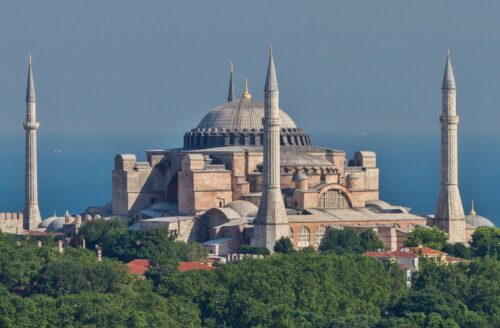
Fleming had a weekend and holiday home at St Margaret’s Bay, a village on the Kent coast near Dover. He used the location as the setting for Moonraker‘s climax, where Bond foils Drax’s plan to launch a nuclear missile at London from a secret base near the cliffs. He also enjoyed swimming, fishing and golfing at the bay. He bought the house in 1951 from his friend Noel Coward, who had named it “White Cliffs”.
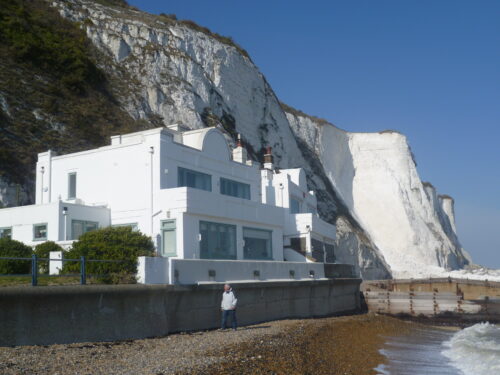
In 1959 and 1960, Fleming traveled around the world to write a series of articles for The Sunday Times about various cities he considered “thrilling”. He visited Hong Kong, Macau, Tokyo, Honolulu, Los Angeles, Las Vegas, Chicago, New York, Hamburg, Berlin, Vienna, Geneva, Naples and Monte Carlo. Some of these cities later appeared in his novels or films. He wrote about his impressions, experiences and opinions of each city, often with a humorous and sarcastic tone.
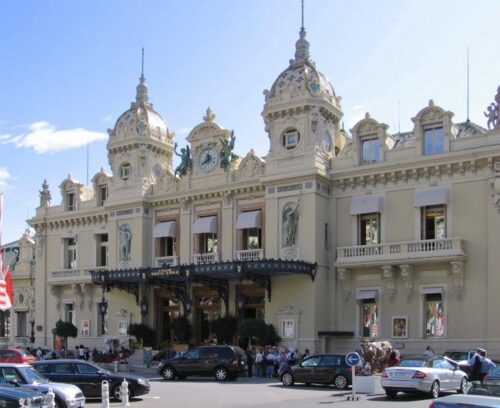
Fleming also visited or lived in other places that influenced his writing or featured in his novels or films. For example in 1940, Fleming spent two weeks in France, serving as the liaison officer between British Intelligence and Vichy French Admiral Jean Darlan. After he departed France, Fleming was sent under cover to Tangier to monitor British Naval Intelligence operations near the essential Suez Canal. He went to Gibraltar and Lisbon in 1941 on secret missions related to Operation Goldeneye. He also lived in Kitzbühel, Austria for a year in 1927 and learned how to ski. He set parts of his novels Diamonds Are Forever and Goldfinger in the United States, where he travelled several times. He also used locations such as Switzerland, Italy, Greece, Russia and Egypt as settings for his stories.
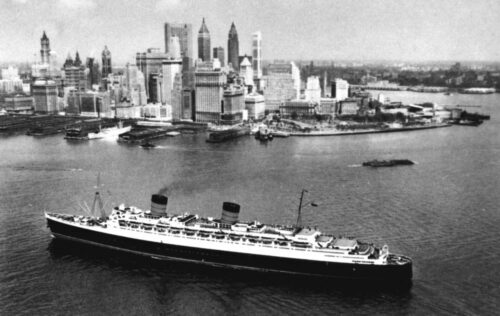
Resources
The Official James Bond 007 Website
007.com
The Official Website for Ian Fleming
IanFleming.com
*The views and opinions expressed on this website are solely those of the original authors and contributors. These views and opinions do not necessarily represent those of Spotter Up Magazine, the administrative staff, and/or any/all contributors to this site.
